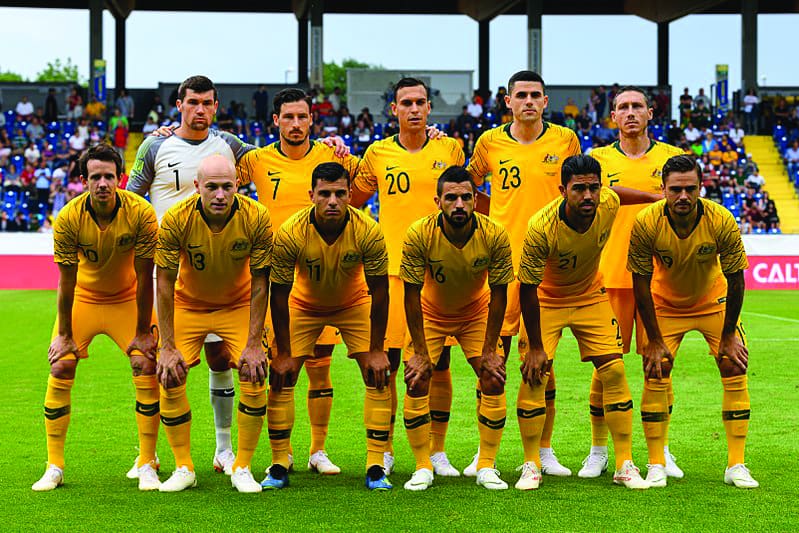You’re sprinting down the pitch, chasing a pesky striker, and you’re nearly out of breath. The offensive player, shirt darkened by sweat, has his back to you as he makes his move toward the goal. There are only a few minutes left. You inhale, reach for the ball, miss, and the striker dashes the other way. He winds up, kicks, and boots it home: another goal.
You know your team is down, but you’ve lost count at this point. Then, the whistle’s blown. The game’s over. Very reluctantly, as if it’s the sun itself, you peer at the scoreboard, 30–0. No, now it’s 31–0. Great.
This was the disturbing reality for the 20 members of Team American Samoa in 2001. After losing 19 of their 20 players due to visa complications, the national team was forced to field a less-than-optimal squad against Australia.
Comprised of second-string junior-high students and call-ups who had never played a full 90-minute match, the team was annihilated, and left the sporting world asking, should the Aussies have run up the score so much?
The short answer is yes. The long answer is that it depends on the stakes of the game and the sport being played.
‘Goals-for,’ the stat that shows how many goals a team notches over the course of a season, is one of the battle cries for those who believe running up the score is the logical thing to do.
After Team Canada’s World Junior hockey team destroyed Denmark 14–0 last month, some commentators questioned the politeness of the massacre; shouldn’t Canada show some mercy to the poor Danes?
But the key tiebreaking statistic in that tournament was goals-for, and it was the World Juniors, after all.
In the NHL, where Hockey Night in Canada icon Don Cherry’s word is as good as God’s, coaches do not run up the score. Cherry is a proponent of ‘the code,’ an oral tradition passed through the ages that acts as hockey’s rules of engagement.
These commandments dictate that players don’t celebrate too hard, don’t question the coach, and don’t tint their visors, and that teams definitely do not run up the score.
The league even has rules reflecting this code. A team’s goals-for is the third, rarely-considered step in the season-end tiebreak process. The first two tiebreak disputers, overtime and regulation wins, as well as the outcomes of the season series between the two teams, usually solve the problem of equal points.
But soccer is a different demon. This sort of code doesn’t exist in soccer.
Basketball has a different culture too. There are some who believe that the gentlemanly thing to do is to play defensive, to lay off on the fast break, to stop heaving up three-pointers. But this was clearly not the attitude of one infamous basketball coach, who led his high school squad to a 100–0 victory over a traumatized opponent. The odd thing is, it wasn’t even a playoff game. It was the middle of the season. The coach was subsequently fired by the administration.
But back to the Aussies. They were justified in running up the score. They wanted to win, they needed to get goals, and they used American Samoa’s misfortune to their advantage. This fits soccer’s rules of engagement and its culture. But it would never fly in an NHL game.
No approach is better or worse. Sometimes, running up the score is excusable. But sometimes, easing off the throttle is advisable. Sport is all about context, and the score is no exception.


